Here's a long list of mistakes that will screw up your deer season
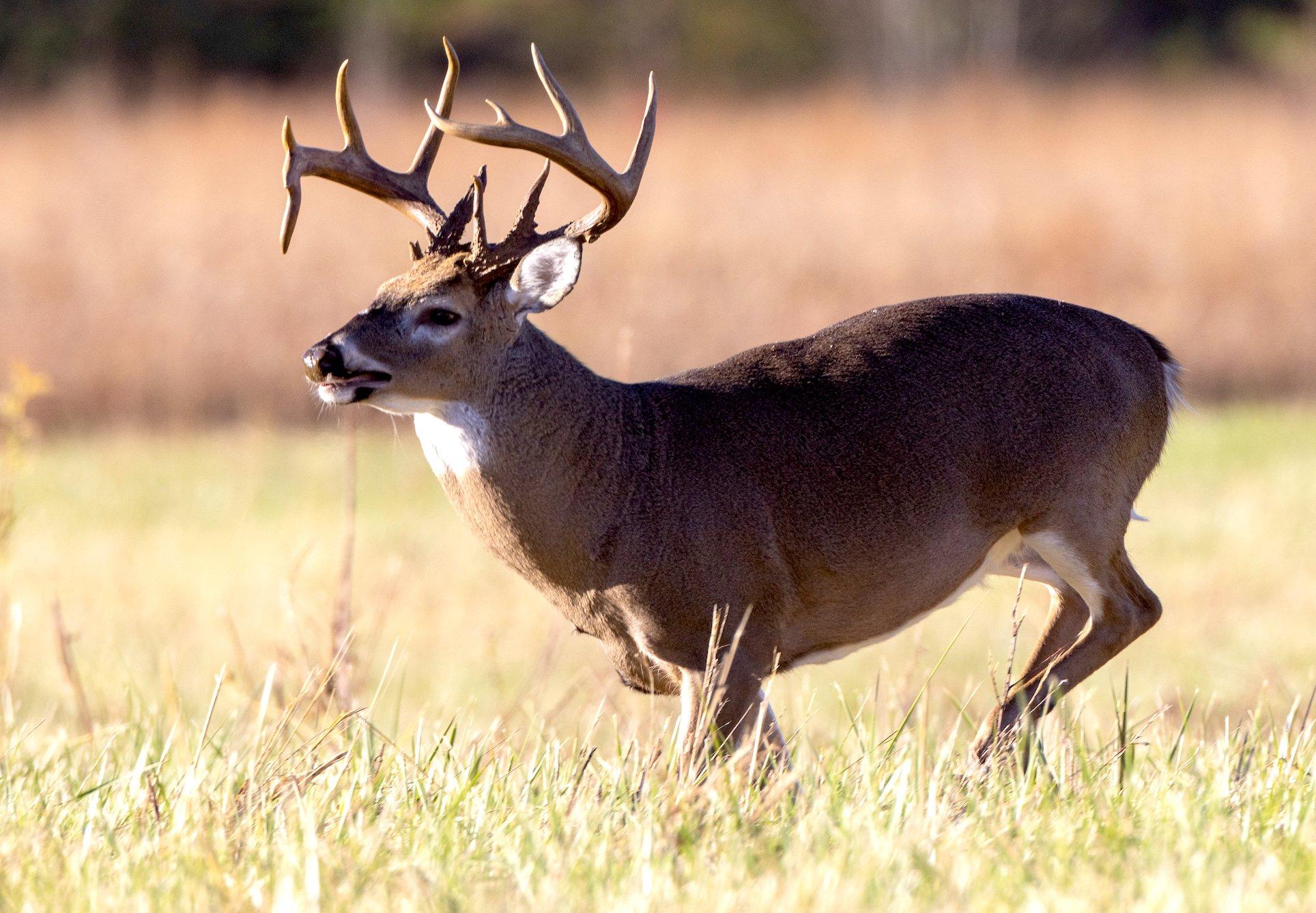
Send a buck packing and it might be a few days before it settles back into a recognizable pattern. Image by Russell Graves
Why put yourself through the pain of learning from your own mistakes when you can learn from mine and those made by a few of my friends and colleagues? Here’s a rundown of hard-learned errors that no good deer hunter should commit — certainly not twice. Burn these into your brain, and hopefully you won’t leave the field with regrets this fall.
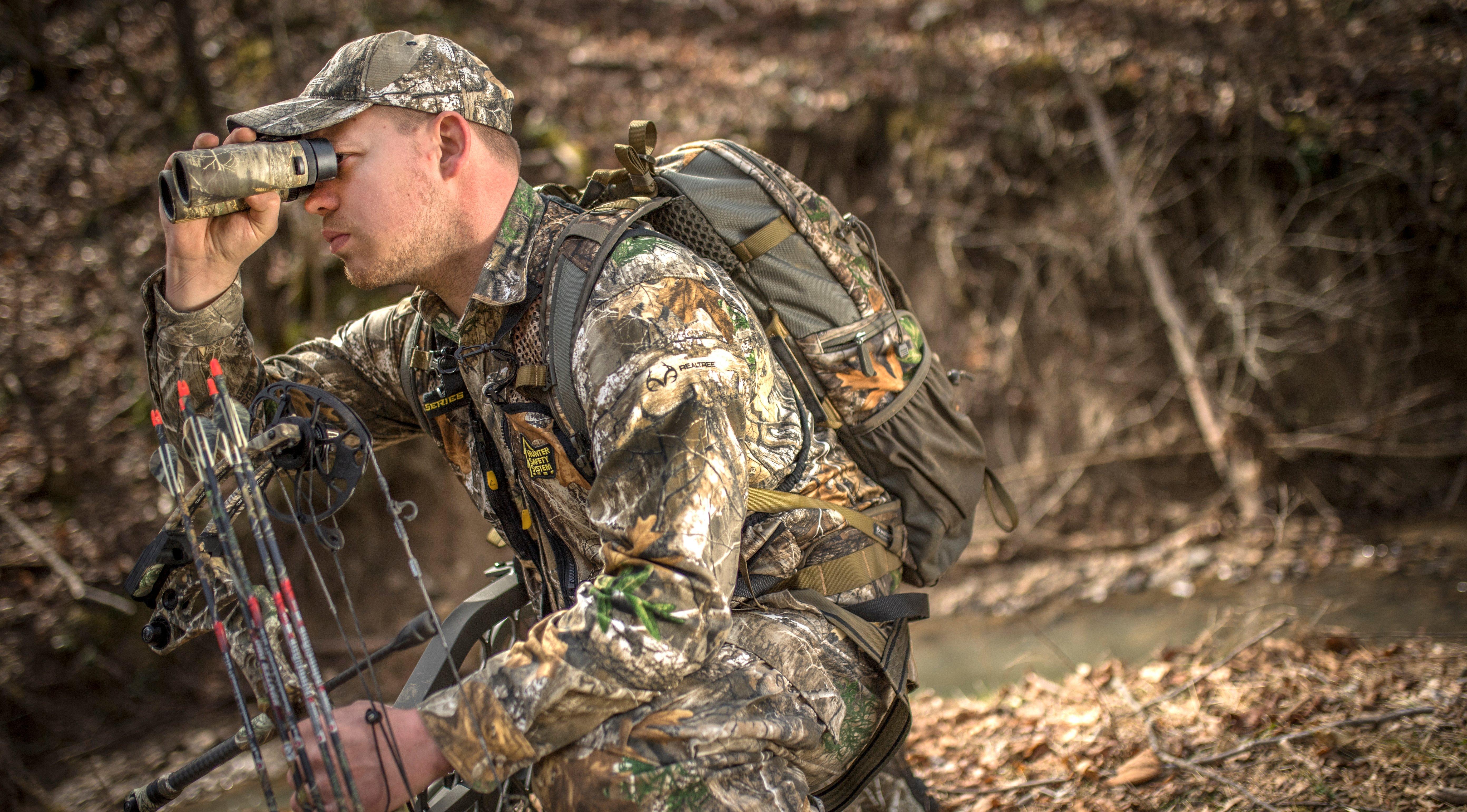
Failing to prep and tune gear is a serious blunder. Image by Bill Konway
BEFORE THE HUNT
Preparation is critical in the hunting world. And that includes pre-hunt efforts and planning. Try to avoid before-the-hunt blunders that could be costly, such as:
1. Failing to get the right hunting licenses, tags, stamps, hunter education certification and other documentation. It’s easy to make this mistake and even more painful when traveling to a new state.
2. Not sighting in archery and firearms gear. Don’t be that guy.
3. Thinking your current property access is enough and believing it will never go away. Instead, focus on steady attempts to gain access to new areas. Even if you don’t lose your existing spot, it’s always great to have more options.
4. Planting food plots in an improper manner, such as planting species that don’t fit the region or conditions, offering something that’s already abundant, planting away from established lines of movement, and planting too far from bedding areas. Plus, you’ll save time and money by planting smart.
5. Spending too much time hunting field edges when deer are spending more time in the thick stuff. This is a tricky proposition, and no matter what, you’ll mess this up at some point.
6. Underestimating the power of integrating scouting methods, including apps, maps, boots on the ground, glassing from afar, and consulting reputable resources. Besides, why would you pass these things up? They’re half the fun of a successful hunt.
7. Applying too much pre-season pressure by spending too much time scouting in the field. (See often-underused scouting methods directly above.)
8. Checking trail cameras too often and in a manner that negatively affects the deer herd. Have you heard the old saying, “Less is more”?
9. Hanging permanent treestands too close to deer season. There’s plenty of time between the end of the previous deer season and the start of the new one. Plan and prepare well ahead of opening day.
Don’t Miss: DEER MOVE BEST 2 HOURS AFTER DAYLIGHT, AND THIS STUDY PROVES IT
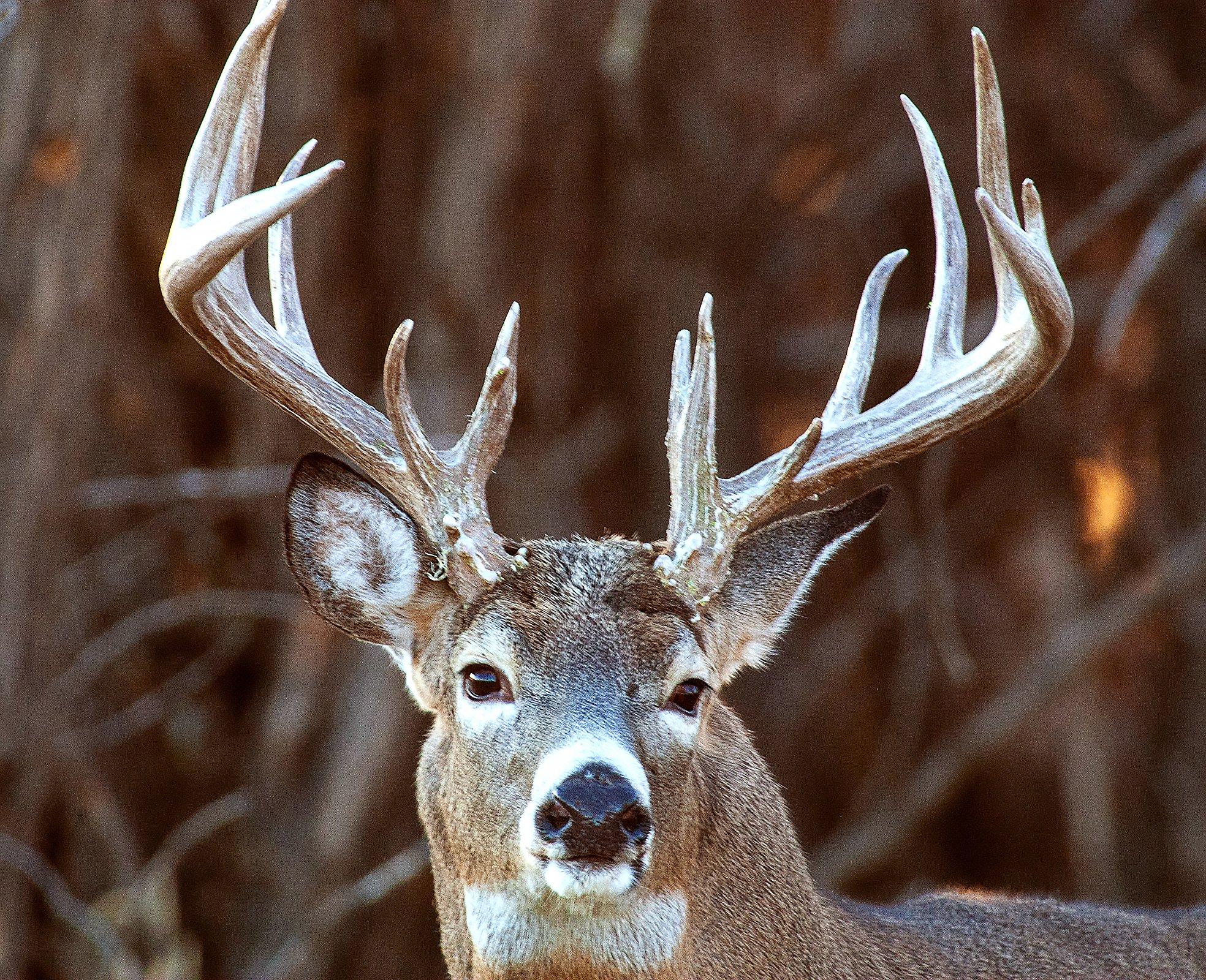
Most mistakes occur during the hunt, especially when buck fever sets in. Image by Russell Graves
DURING THE HUNT
As expected, most ways to fail at deer hunting occur during the hunt. Because of this, hunters must be ever careful and aware of what’s going on.
General Fails
10. Moving too much and being too loud while in the field. This seems obvious, but be especially mindful of these mistakes when you get frustrated or in a hurry.
11. Hunting too passively or aggressively when the situation calls for the opposite approach. You will likely continue to get this wrong, so don’t kick yourself too hard.
12. Wearing the wrong clothing. No hunter is at their best when cold, wet, or hot.
13. Deeming general woodsmanship as an outdated, unimportant skillset. Daniel Boone didn’t become famous by floundering around in the woods.
14. Ignoring the glaring details, such as the general bedding area a buck is using. Put in the time, pay attention, and remember everything.
15. Ignoring the minor details, such as what wind direction a buck tends to use on a certain food plot. No one likes the sound of a blowing deer.
16. Missing critical hunting days with higher odds of success, such as significant temperature swings. Have your weather app on your homepage.
17. Failing to use your eyes, ears, and nose to their fullest potential while on the hunt. The deer are certainly using theirs.
18. Hunting low-odds days. Sometimes you have to hunt when you can, but if you have a choice, remember that the less you affect an area the better.
19. Failing to maintain a good scent-reduction regimen in clothing and gear, and on yourself. Deer already have enough advantages; don’t hand them another one.
20. Hunting “spots” rather than focusing on bed-to-feed lines of movement. Do your homework and catch deer on the move.
21. Forgetting that terrain and topography play major roles in the art of deer hunting. Use maps and off-season scouting to learn the land. This is one of the most satisfying parts of the hunt.
22. Expecting to meet a buck-quality goal on a property where it isn’t possible. Yeah, sometimes a freak buck shows up in the most unexpected places, but don’t pass on a good or great buck just because you hope you’ll get lucky on an even bigger deer.
23. Using poor entry and exit routes to access and depart treestands and hunting blinds. If you haven’t been schooled on this tactic, there’s plenty of good info available right here on Realtree.com.
24. Using a large flashlight in a cavalier manner that spooks deer. Use only what you need to stay on your route. Save the big light for tracking the deer you’ve shot.
25. Overlooking the importance of isolated, secluded water sources. Even when rutting bucks aren’t thinking about their thirst, does are.
26. Hunting where all other hunters decide to hunt. Take the path less traveled.
27. Overlooking potential areas that other hunters avoid, even if they don’t look good on maps. Deer hate pressure. Use that to your advantage.
28. Ignoring wind direction, and frequently getting smelled by deer. This might be the biggest mistake you can make.
29. Hunting cover so thick you can’t shoot. Put this at the top of most frustrating mistakes.
30. Failing to shift with the seasonal changes in food sources. Deer gotta eat.
31. Drawing a bow or otherwise moving to get in position at the wrong time, ultimately spooking deer. And we know, there’s not much worse than spooking a deer, especially when you’re about to shoot it.
32. Not fully understanding deer anatomy and best practices for shot placement. This is Deer Hunting 101, and is absolutely your obligation to know.
33. Misjudging shot-distance yardages. Get a rangefinder
34. Letting buck fever get the best of you. Although some hunters are more prone to this than others, anyone can learn to control it.
35. Misunderstanding how mature bucks use the wind when they bed and travel. If you haven’t already made and learned from this mistake, take the time to read articles on the subject.
36. Playing the wind too safely — so much, in fact, that you never get smelled by deer. Because hunting just-off winds is a killer tactic. Again, take the time to understand this fully.
37. Not realizing that each mature buck is a unique individual that requires a unique game plan. Do your homework.
38. Implementing poor shooting skills, such as using a bad stance, gripping too tightly, having inconsistent anchor points, torquing the bow, using a poor follow through, and more. You owe it to the deer to be a good, consistent shot.
39. Hesitating when a good shot opportunity arises, in hopes of getting the perfect opportunity, which will likely never present itself. Still, don’t take a bad shot; be responsible.
40. Forgetting to switch off the safety before attempting to pull the trigger. If you haven’t already done this, let’s hope you don’t. It’s no fun.
41. Spending too much time staring at a cell phone and missing opportunities. Um, you’re hunting, after all, right?
42. Not putting in enough time, effort, and overall sweat equity. You will feel better about yourself and your hunt, no matter what happens, if you do these things.
43. Waiting too late to climb into the stand, whether it’s a morning or afternoon hunt. It’s a better option to wait until you have the time to hunt longer.
44. Hunting your best treestand location when it isn’t quite time to do so. Again, do your homework and adjust to the time of season and conditions.
45. Not taking enough time to rest and recoup. Tired hunters make more mistakes.
Don’t Miss: IS THERE A WHITETAIL FOOD PLOT SILVER BULLET?
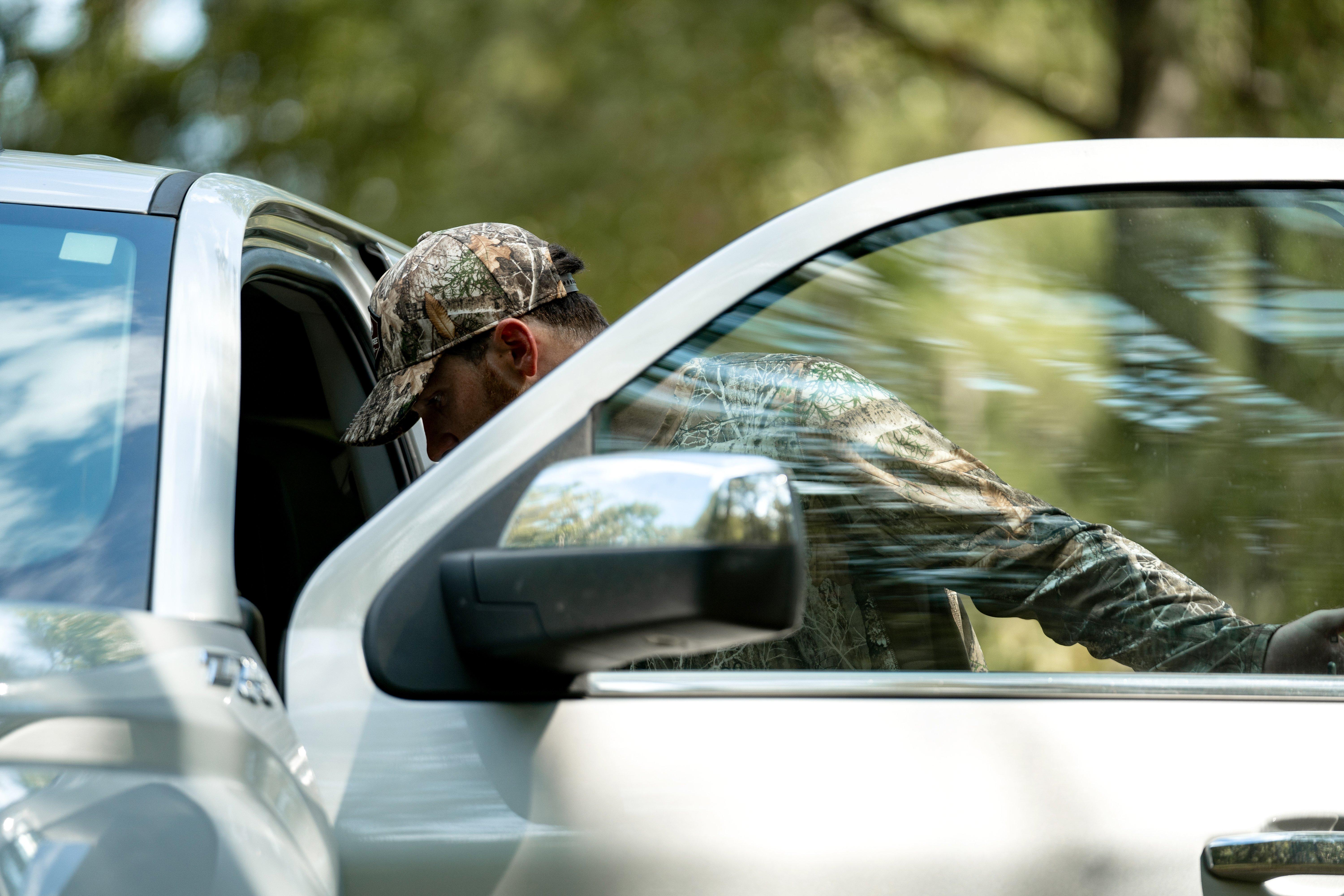
The early season is a great time to drill down on big-buck patterns. Image by Realtree
THE EARLY SEASON
46. Burning out a spot during the early season when it historically peaks during the rut or late season. You just saw a similar mistake above, but this is worth repeating.
47. Not realizing that a deer’s bed-to-feed patterns change weekly, if not daily. This is always a tough nut to crack, but pay attention to this detail and you’ll improve your chances greatly.
48. Hunting too close to bedding areas, especially early in the season. It might seem tempting, but you can really ruin an area by doing this.
49. Waiting until the pre-rut when the property in question tends to peak during the early season. Is this starting to sound familiar?
50. Burning out a spot during the pre-rut when it typically peaks in the rut or late season. Timing is everything.
Don’t Miss: CWD PRIONS DISCOVERED IN SCRAPES?
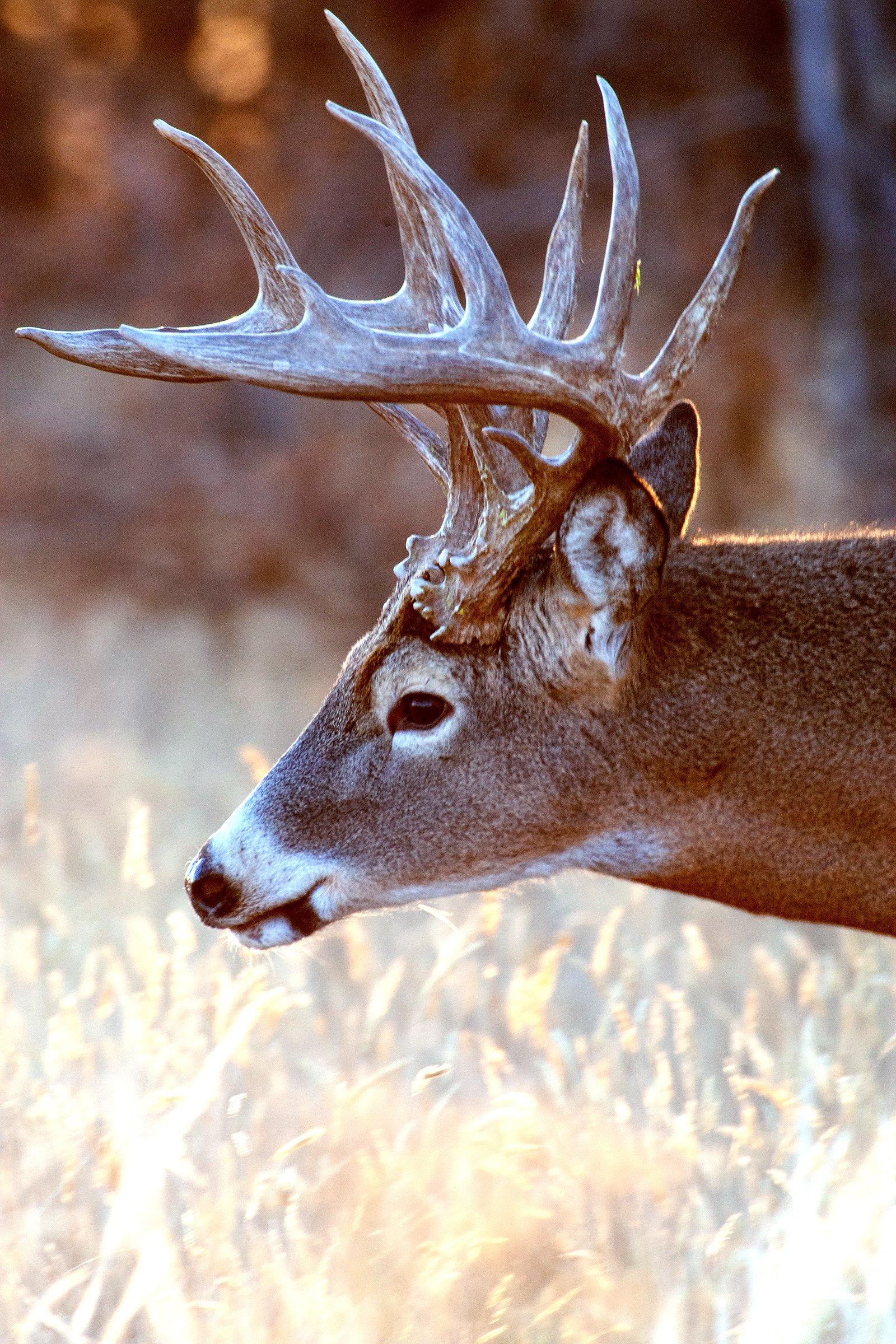
A rut-weary buck might let its guard down, but don’t think it’s a complete pushover. Image by Russell Graves
THE RUT
51. Believing that rut start and end dates are affected by moon and temperature, because they aren’t, as photoperiod (daylight length) is the trigger.
52. Waiting until the rut when the property in question tends to peak during the early season. We cannot emphasize timing enough.
53. Relying solely on the rut and using it as a crutch to fill buck tags. Sure, you can do this, but who knows what you’re missing?
54. Changing stands a lot rather than investing several days into one good stand location. Staying put also puts less pressure on deer.
55. Putting too much emphasis on rut sign, including rubs and scrapes. Deer aren’t always found where they were before.
56. Skipping midday hunts when bucks are likely to get up and cruise. Check the hunting records. Lots of giants are killed at midday.
57. Putting too much stock in the temperature or weather. Just hunt.
58. Forgetting to call to and rattle at passing bucks. Don’t overdo it, but you might be surprised at the results when you do it right.
59. Never attempting to use a decoy. These can really close the deal.
60. Using decoys improperly, such as at the wrong time, in the wrong place, with the wrong wind, without scent management in mind, and more.
61. Thinking that every mature buck is a rutting fool. (Some don’t act so crazy and stupid.)
62. Waiting on a specific buck, when the rut is so random and deer aren’t very patternable. Be happy when a good deer gives you an opportunity.
63. Not knowing where each doe family group tends to bed on the property. You probably won’t learn this in one season, but make notes and use this to your advantage.
64. Not understanding the general timeframes when doe family groups tend to enter estrus. Talk to knowledgable hunters and biologists in your area.
65. Writing off buck sightings in odd places, such as sinkholes or tree lines. These are areas bucks tend to push does to get them away from the herd.
66. Thinking the peak rut is prime. It’s actually the lock-down phase, when most bucks are paired with estrous does, and therefore moving slightly less.
67. Thinking the tail-end of the rut won’t produce rut activity. Often, mature bucks are still moving.
Don’t Miss: HUNTER SHOOTS MONSTER BUCK AFTER HIS TRUCK BURNS DOWN
THE LATE SEASON
68. Clearing too much for shooting lanes. Yes, it’s tempting to have wide-open shots. Yes, your Realtree camo does a great job of hiding you. But you still need cover to hide your silhouette and movement.
69. Ignoring the importance of solar bedding cover (south-facing slopes) and thermal cover (dense stands of conifers, such as cedars, pines, and spruces). Deer like to be comfortable, too.
70. Hunting untimely food sources that are depleted or no longer viable. Deer will move on after the last acorn drops, if not before.
71. Being too aggressive with calling and rattling. This isn’t a calling contest.
72. Not relocating deer and the sanctuaries they’ve moved into. In other words, don’t hunt where there are no deer.
73. Forgetting the late-, second-rut window. Ah, second chances.
74. Failing to listen to your gut. For a lot of hunters, those instincts are usually right.
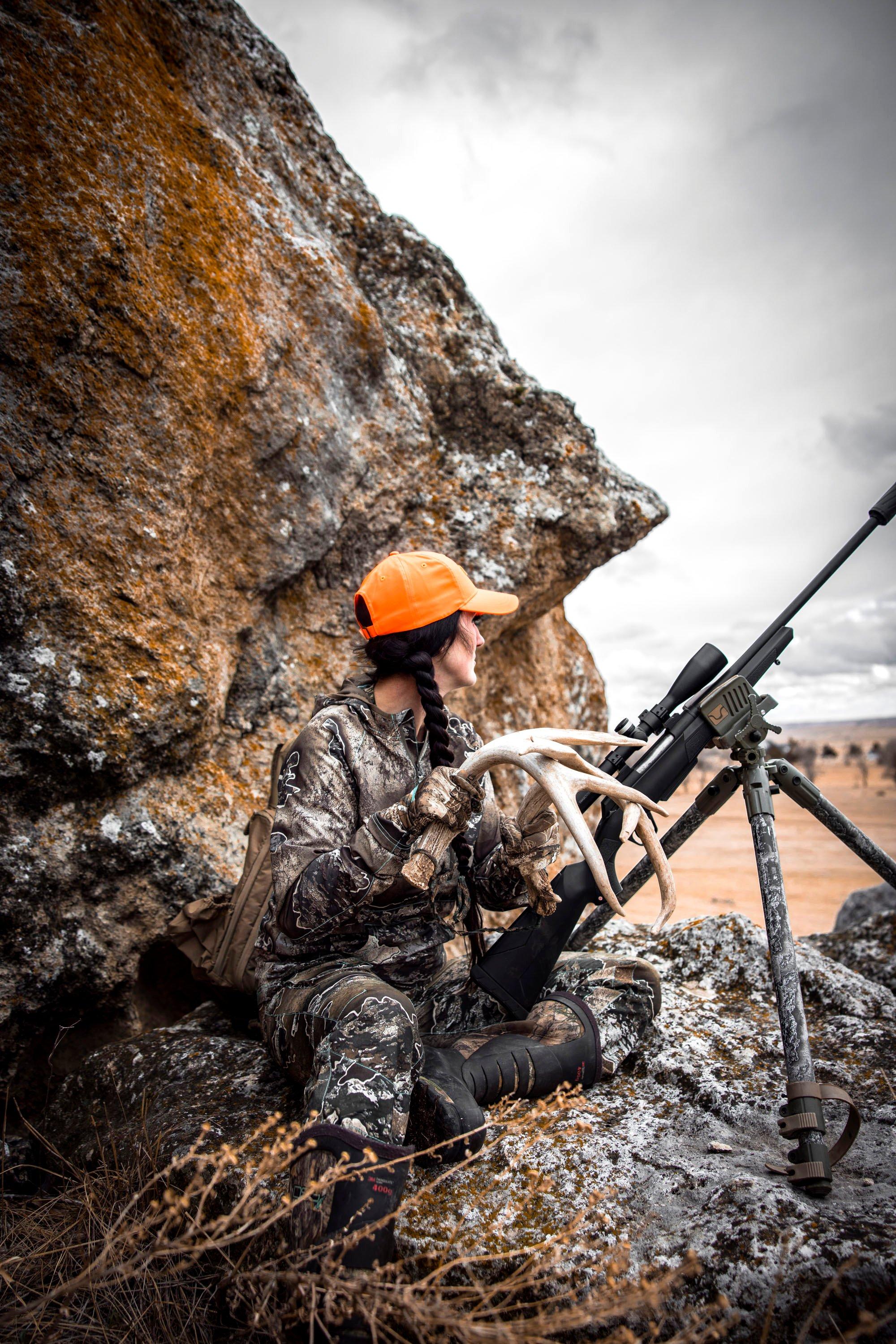
Using certain tactics at the wrong time of the season can produce poor results. Image by Andrew Klatt
AFTER THE HUNT
Some mistakes occur after the hunt. There are numerous blunders to avoid — even after you’ve shot a buck or tapped out trying.
75. Forgetting to keep shooting at a deer that gets up and walks off after being shot. Just remember: Know what’s on the other side of your target.
76. Following the blood trail too soon or too late. Too soon and you might push the deer. Too late and the weather, coyotes or other bad things can happen.
77. Not properly tagging and checking in harvested game as required. Nobody wants a ticket.
78. Wasting the hard-earned venison that you’ve procured. Treat the animal with respect — from the field to the freezer to the table.
79. Sharing too much information with others about the greatness of your hunting spot. Otherwise, expect more pressure the next time you hunt.
80. Being too lazy to maintain hunting gear and weapons during the off-season. Not much is worse than rusty, moldy gear. Not much is better than effective, top-notch gear.
81. Failing to learn from lessons incurred throughout the season. Getting better is always better than getting worse.
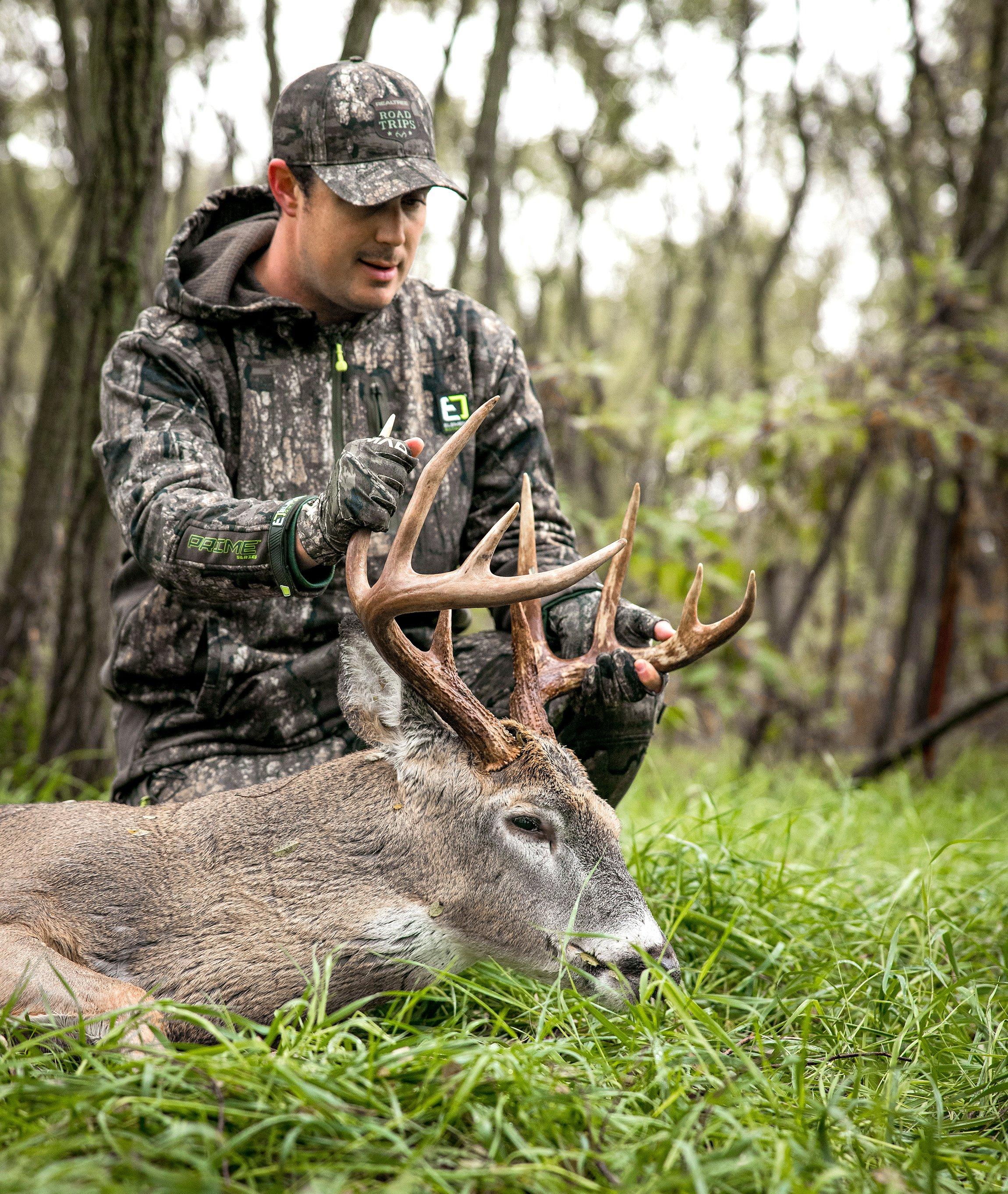
A well-earned buck is worth the sweat and time invested. Image by Realtree
No doubt there are more mistakes we haven’t listed here. Be sure to chime in to let us know a few of your “favorite” mistakes. All any of us can do is try to learn from our mistakes and those of others. If we do, we’ll be better hunters every time we head to the field.
Don’t Miss: 10 SURPRISING TIMES WHEN WEARING CROCS IS APPROPRIATE










